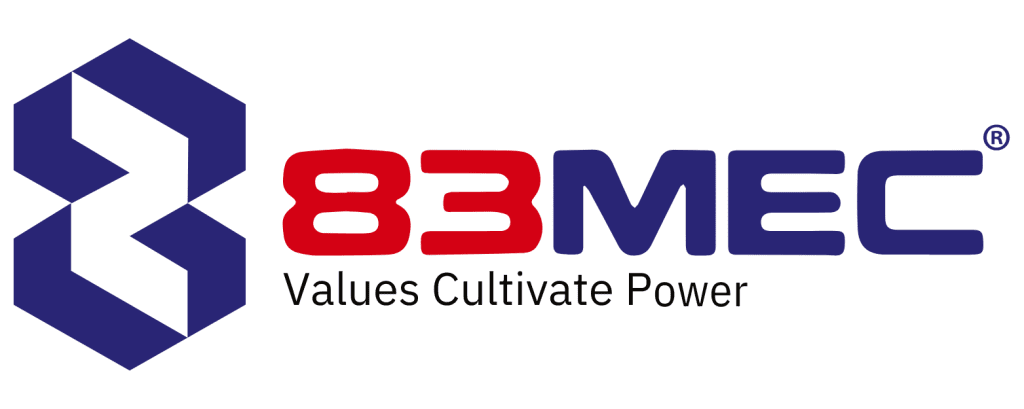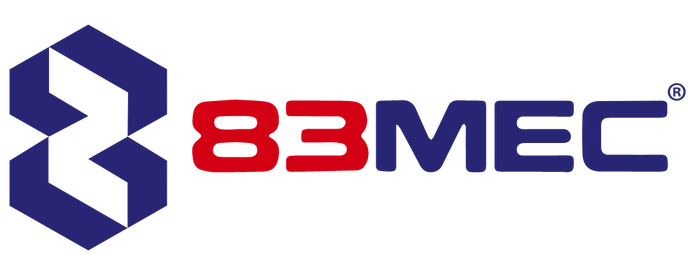Together with the continual growth of the mechanical processing business, numerous types of machinery associated with this industry are of significant interest to a large number of individuals. This interest may pertain to information regarding the sorts of machines, their availability, and their applications. Numerous investors will invest substantial sums in mechanical processing research and development. Because robots usually have strong support, they increase labor productivity based on the subject’s calculations.
The pressure casting method is one of the most frequently used manufacturing techniques, and it offers a number of benefits. Modern improvements have been made to the pressure casting machine to simplify and synchronize the process. Today’s article by 83 MEC will provide information on pressure casting and the operation of cold pressure die casting machines and hot pressure die-casting machines.
1. Explore pressure casting
The pressure casting process is believed to be when a liquid alloy is poured under pressure into a mold cavity. Based on the criteria and qualities, multiple names will apply to this process. It is known as a low-pressure casting, when the pressure may be reduced by vacuuming the mold cavity. And high-pressure casting is recognized when the plunger generates high pressure.
2. The benefits of pressure casting
Cast precise, intricate, thin-walled things (even 1.5 mm)
Can cast small-sized wood
Molded items offer high gloss and accuracy.
Castings’ mechanical qualities are superior due to their high density.
Due to rapid filling and simple mechanization, pressure casting generates great output.
3. Negative aspects of pressure casting
Because of the pressure of the flow, sandblasting cannot be utilized with pressure casting. Method applicable to products with a hole or interior shape
Owing to the pressured flow of the alloy at high temperatures die castings under pressure are more prone to fast wear.
4. Discover information about cold chamber pressure casting machines
There are now three primary types of cold chamber pressure casting machines:
Horizontal die-casting machine with a cold chamber: Vertical mold face is a defining characteristic. On the basis of this idea, the majority of casting machines are now implemented.
Vertical cold-chamber pressure die-casting machine from the bottom up A quantity of liquid metal will be injected into the press chamber as plunger one descends. When this plunger moves upward and through the feed hole, the mold is filled and compressed. The status of the casting will be entirely cemented. The die face of this type of casting machine is horizontal. Hence, when the worker lifts half of mold 3, the casting will remain in its original position and will not fall. With the assistance of the push rod mechanism, the casting can be extracted from the mold.
When plunger one rises, a quantity of liquid metal will be injected into the pressing chamber of a vertical top-down cold chamber pressure die-casting machine. They will then be immobilized quickly. Within the recess of frame 1, line 2 is unable to enter. When piston 1 depresses, it will experience significant pressure. Immediately thereafter, the amount of already solidified metal (at the location of line 2 knots) was pushed down. The third die will be filled with liquid metal.
The cold chamber pressure casting machine has the following steps as its operating principle: Material feeding => Filling the mold chamber => Mold opening => Product pushing
5. Learn about pressure casting with a hot chamber
The hot chamber pressure casting machine is widely employed with the cold chamber pressure casting machine. To understand the working concept of the hot chamber pressure casting machine, consider the following steps:
Phase of material feeding: Mold will be put on the machine at this stage. As a result of the machine’s clamping mechanism, the two mold halves are now firmly locked against each other. Gradually, the metal is poured into the furnace.
The phase of mold cavity filling: At this point, the plunger will force the thin metal removed from the furnace into the mold. This procedure will successfully create the desired details in the molded shape.
Mold opening stage: At this stage, the machine opens the dynamic mold half based on the mold opening and closing process (principle). The side codes will be drawn; the casting will remain in the upper portion of the movable mold half.
The phase of product ejection: At this point, the components are pushed out. At the successful completion of the preceding procedure, the dynamic half-frame will be closed. Simultaneously, the pressing plunger begins to ascend the kiln in preparation for the subsequent pressing.
6. Our experience
Tu Mech is one of the most prominent manufacturers, tied to the oldest mechanical processing industry in Vietnam. 83 MEC has a long-term development orientation based on the confidence and pleasure of many domestic and international clients. 83 MEC can confidently meet the stringent standards in terms of both quantity and product quality because of the thirty years of professional experience.
What are you waiting for? Contact 83 MEC without delay to acquire the most devoted assistance!




